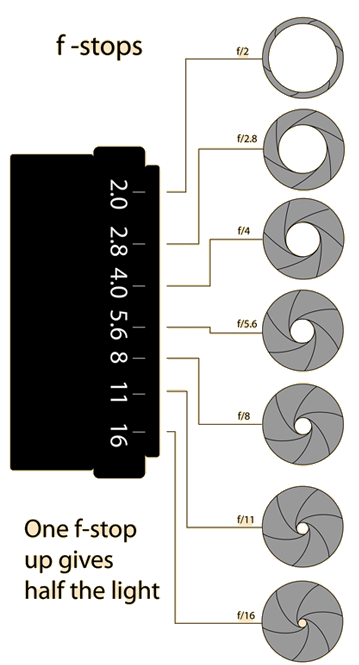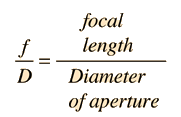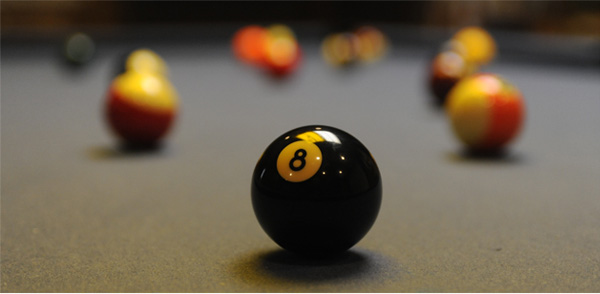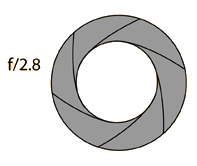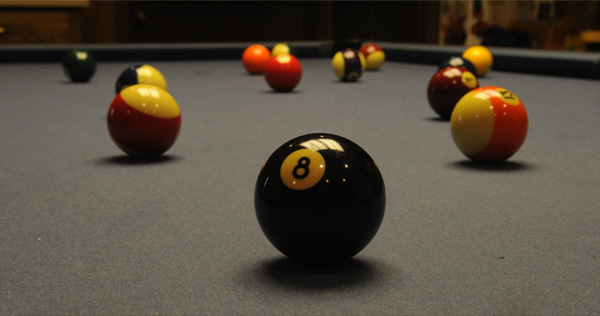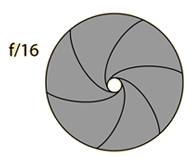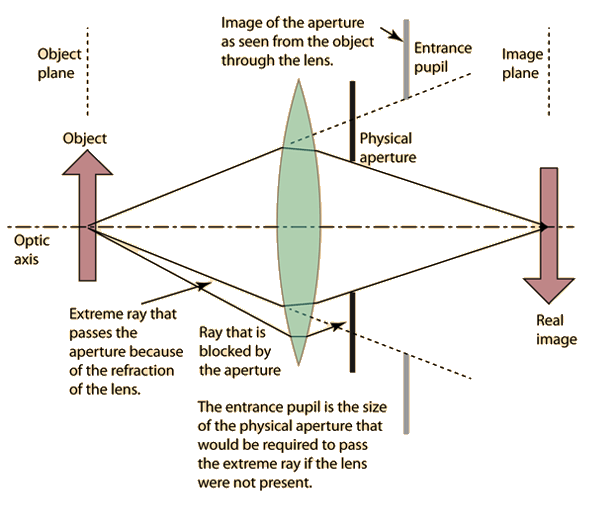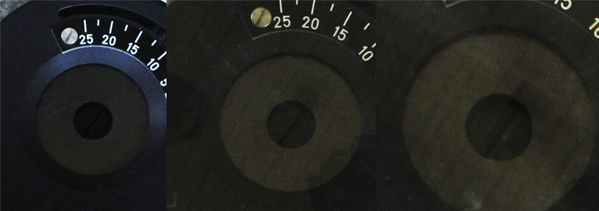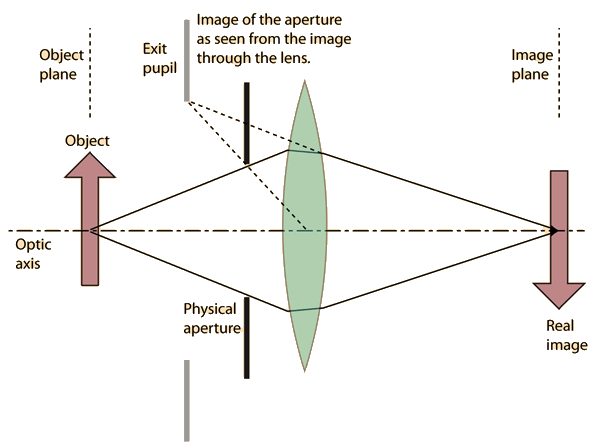Stops
The limiting effect on the imaging process by the size of the unobstructed clear diameter in an optical system depends upon the location of that "stop", or limiting diameter. The limiting diameter which determines the amount of light which reaches the imaging area is called the aperture stop, typified by the adjustable diaphragm near the front of a compound camera lens. The limiting diameter which controls the size object which can be imaged is called the field stop.
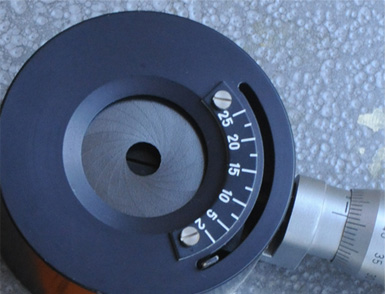 | Adjustable stops are commonly created from thin metallic leaf structures to determine the amount of light which reaches a film or CCD detector. Shown at left is a laboratory stop which determines the amount of light that reaches an adjustable slit for diffraction studies. It was used to produce the single slit diffraction patterns shown to demonstrate the diffraction phenomenon. Such structures are also used in cameras to set the f-stops for exposure adjustment. |
Stops and Pupils
Camera concepts
Optical instruments
| HyperPhysics***** Light and Vision | R Nave |
